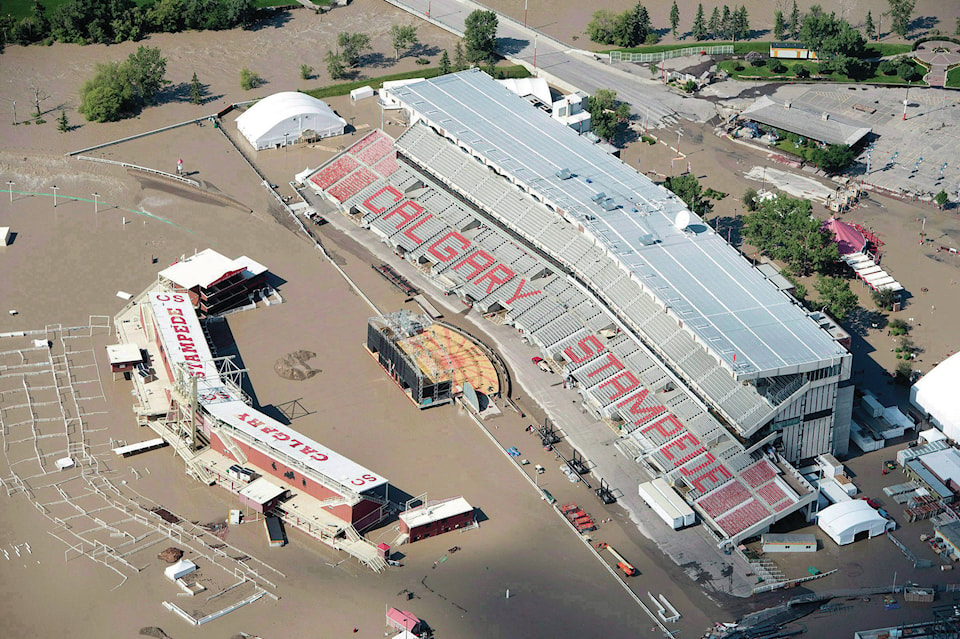CALGARY — A project to build a reservoir that would help protect Calgary from a repeat of the 2013 flooding that ravaged parts of the city has been delayed 10 months.
The Alberta government says more time was needed to provide information on the Springbank off-stream reservoir to the Canadian Environmental Assessment Agency.
Transportation Minister Brian Mason says that was provided in March and the agency has now begun a one-year review of the $432-million project
Mason says the project is expected to be completed by 2022. More time was added to the schedule in case regulators ask for more information and because some work can’t be done in the winter.
The province says that, in the meantime, it will focus on buying land for the project.
Mason says if owners won’t sell their land, it might be expropriated in the interest of protecting Calgary, including the downtown business district, the Calgary Zoo and the Stampede grounds.
“It is our firm intention to deal equitably with these owners and offer fair compensation, and we remain hopeful that we will be able to negotiate an agreement,” Mason said in a release Friday.
“We do not want to expropriate this land, but we will do what is necessary to protect Calgarians. Springbank remains the best option to protect Calgary.”
Heavy rain over two days in June 2013 overwhelmed river systems in southern Alberta and the resulting deluge wiped out roads and bridges, swamped streets and damaged homes.
The Springbank reservoir was one of the mitigation measures ordered by the government after the floods. It calls for gates upstream of Calgary to divert water during a flood from the Elbow River into a canal that would lead to surrounding land. The water would be channelled back into the river when a flood subsided.
